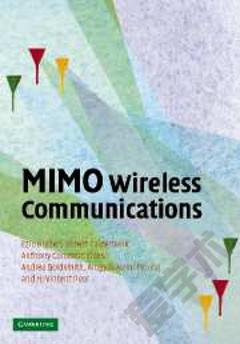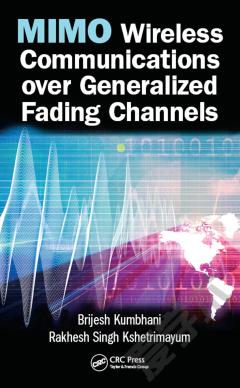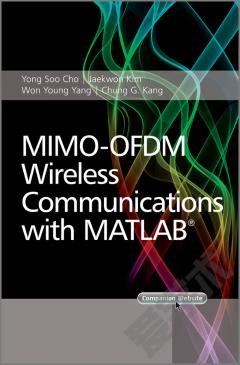Wireless Communications over MIMO Channels
Preface. Acknowledgements. List of Abbreviations. List of Symbols. 1. Introduction to Digital Communications. 1.1 Basic System Model. 1.2 Characteristics of Mobile Radio Channels. 1.3 Signal Detection. 1.3.1 Optimal Decision Criteria. 1.4 Digital Linear Modulation. 1.5 Diversity. 1.6 Summary. 2. Information Theory. 2.1 Basic Definitions. 2.2 Channel Coding Theorem for SISO Channels. 2.3 Channel Capacity of MIMO Systems. 2.4 Channel Capacity for Multi-User Communications. 2.5 Summary. 3. Forward Error Correction Coding. 3.1 Introduction. 3.2 Linear Block Codes. 3.3 Convolutional Codes. 3.4 Soft-Output Decoding of Binary Codes. 3.5 Performance Evaluation of Linear Codes. 3.6 Concatenated Codes. 3.7 Low Density Parity Check (LDPC) Codes. 3.8 Summary. 4. Code Division Multiple Access. 4.1 Fundamentals. 4.2 OFDM-CDMA. 4.3 Low Rate Channel Coding in CDMA Systems. 4.4 Uplink Capacity of CDMA Systems. 4.5 Summary. 5. Multi-User Detection in CDMA Systems. 5.1 Optimum Detection. 5.2 Linear Multi-User Detection. 5.3 Nonlinear Iterative Multi-User Detection. 5.4 Combining Linear MUD and Nonlinear SIC. 5.5 Summary. 6. Multiple Antenna Systems. 6.1 Introduction . 6.2 Spatial Diversity Concepts. 6.3 Multi-Layer Transmission. 6.4 Linear Dispersion Codes. 6.5 Information Theoretic Analysis. 6.6 Summary. Appendix A: Channel Models. A.1 Equivalent Baseband Representation. A.2 Typical Propagation Profiles for Outdoor Mobile Radio Channels. A.3 Moment Generating Function for Ricean Fading. Appendix B: Derivations for Information Theory. B.1 Chain Rule for Entropies. B.2 Chain Rule for Information. B.3 Data Processing Theorem. Appendix C: Linear Algebra. C.1 Selected Basics. C.2 Householder Reflections and Givens Rotation. C.3 LLL Lattice-Reduction. Bibliography. Index.
{{comment.content}}








 京公网安备 11010802027623号
京公网安备 11010802027623号